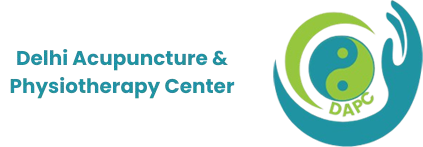Frequently Asked Questions about Acupuncture
A traditional Chinese medicine technique that uses thin needles to stimulate specific points on the body for healing.
Yes, it’s recognized by the WHO and NIH for many conditions.
Qi is the body’s life force or energy that flows through meridians and keeps you healthy.
Specific body points where needles are inserted to stimulate energy flow.
Energy pathways in the body through which Qi flows.
Acupuncture uses needles, while acupressure uses manual pressure.
Yes, alternatives like acupressure, laser therapy, and moxibustion exist.
By stimulating nerves, muscles, and tissues to enhance healing and energy flow.
A method using electrical stimulation on needles to intensify results, especially for pain and paralysis.
Only single-use, sterile stainless steel needles are used, minimizing infection risk.
Needle insertion is usually painless or causes minimal discomfort.
Minor bruising or soreness might occur, but serious side effects are rare.
Results vary, but many patients experience long-term relief with regular sessions.
It can be used both as a standalone or complementary therapy.
No, it is generally safe with other treatments.
Yes, especially for chronic pain and neurological rehabilitation.
Back pain, arthritis, migraines, sciatica, and more.
Often after 4–6 sessions, but depends on condition severity.
Yes, like anxiety, allergies, digestive issues, infertility, etc.
Varies from a few sessions to weeks depending on illness.
Yes, improves skin tone, reduces wrinkles, and boosts collagen.
Yes, it may reduce appetite, stress, and improve metabolism.
Yes, it helps regulate sleep hormones and relaxes the nervous system.
Yes, it reduces cravings, anxiety, and withdrawal symptoms.
Typically 30 to 60 minutes.
Costs vary but average between ₹500–₹2000 per session in India.
A traditional method to assess the energy state of organ systems through the pulse.
Acugraph is a diagnostic system analyzing energy flow in meridians using electronic sensors.
Regular sessions aimed at maintaining health and preventing illness.
Traditional Chinese, Japanese, Korean, Five Elements, Scalp, and Auricular.
Stimulation of ear points to affect body organs and systems.
Needling specific scalp zones for neurological and pain conditions.
Suction technique using cups on the skin to promote circulation and detox.
Burning moxa (herbal wool) near acupuncture points to apply heat therapy.
Scraping the skin with a smooth-edged tool to stimulate circulation and relieve pain.
Inserting small threads or needles under the skin for long-term stimulation.
A mild tapping technique using a multi-needle hammer for skin stimulation.
Device used to apply gentle heat to points, enhancing acupuncture effects.
Low-level laser therapy stimulates acupuncture points without needles.
Using colored light on acupuncture points for energy balancing.
Tiny seeds or needles applied with tape for continuous stimulation on points.
It’s not a replacement for emergency care or major surgeries.
Where ancient wisdom meets modern care, for complete healing.
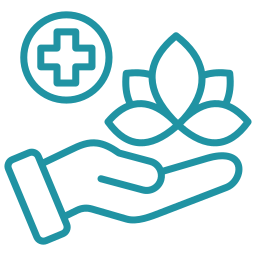
Start Healing Today
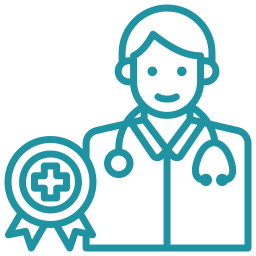
Award-Winning Specialist
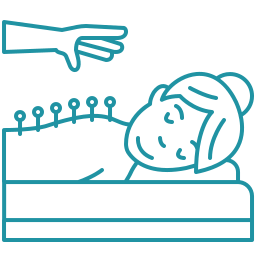
Acupuncture
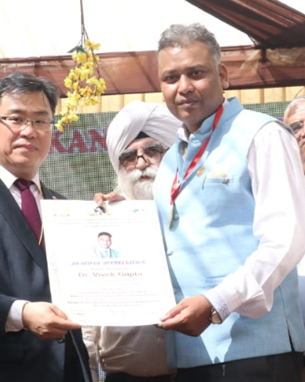
A traditional Chinese medicine technique that uses thin needles to stimulate specific points on the body for healing.
Yes, it’s recognized by the WHO and NIH for many conditions.
Qi is the body’s life force or energy that flows through meridians and keeps you healthy.
Specific body points where needles are inserted to stimulate energy flow.
Energy pathways in the body through which Qi flows.
Acupuncture uses needles, while acupressure uses manual pressure.
Yes, alternatives like acupressure, laser therapy, and moxibustion exist.
By stimulating nerves, muscles, and tissues to enhance healing and energy flow.
A method using electrical stimulation on needles to intensify results, especially for pain and paralysis.
Only single-use, sterile stainless steel needles are used, minimizing infection risk.
Needle insertion is usually painless or causes minimal discomfort.
Minor bruising or soreness might occur, but serious side effects are rare.
Results vary, but many patients experience long-term relief with regular sessions.
It can be used both as a standalone or complementary therapy.
No, it is generally safe with other treatments.
Yes, especially for chronic pain and neurological rehabilitation.
Back pain, arthritis, migraines, sciatica, and more.
Often after 4–6 sessions, but depends on condition severity.
Yes, like anxiety, allergies, digestive issues, infertility, etc.
Varies from a few sessions to weeks depending on illness.
Yes, improves skin tone, reduces wrinkles, and boosts collagen.
Yes, it may reduce appetite, stress, and improve metabolism.
Yes, it helps regulate sleep hormones and relaxes the nervous system.
Yes, it reduces cravings, anxiety, and withdrawal symptoms.
Typically 30 to 60 minutes.
Costs vary but average between ₹500–₹2000 per session in India.
A traditional method to assess the energy state of organ systems through the pulse.
Acugraph is a diagnostic system analyzing energy flow in meridians using electronic sensors.
Regular sessions aimed at maintaining health and preventing illness.
Traditional Chinese, Japanese, Korean, Five Elements, Scalp, and Auricular.
Stimulation of ear points to affect body organs and systems.
Needling specific scalp zones for neurological and pain conditions.
Suction technique using cups on the skin to promote circulation and detox.
Burning moxa (herbal wool) near acupuncture points to apply heat therapy.
Scraping the skin with a smooth-edged tool to stimulate circulation and relieve pain.
Inserting small threads or needles under the skin for long-term stimulation.
A mild tapping technique using a multi-needle hammer for skin stimulation.
Device used to apply gentle heat to points, enhancing acupuncture effects.
Low-level laser therapy stimulates acupuncture points without needles.
Using colored light on acupuncture points for energy balancing.
Tiny seeds or needles applied with tape for continuous stimulation on points.
It’s not a replacement for emergency care or major surgeries.
